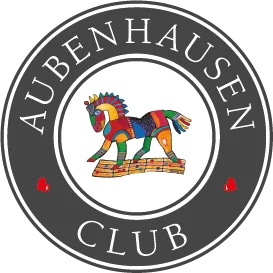
Warm up – as short as possible, as long as necessary
The warm up phase in your warm up is an important component of every training session. It is the foundation upon which further education and training are built. Crucially: The horse shapes the loosening phase – depending on age, level of training, training plan, and current condition.
The warm up phase in riding
Basically, the loosening phase is a warm-up phase to avoid injuries and tension and to mentally prepare the horse for training. The goal of the loosening phase is for the horse to move loosely, for the muscles to work in a relaxed manner, for the horse to actively step under its center of gravity, to lift its back, and to let its neck drop. It moves evenly to both reins, and the rider has it in front of their driving aids. Nervous horses become calmer, lazy horses become more eager to move.
Checking for suppleness
Classic and helpful loosening exercises are transitions, changes of hand, curved lines, tempo changes, leg-yielding, and lateral movements. The “chewing the reins out of the hand” is both a touchstone of suppleness and a loosening exercise at the same time. In this exercise, the rider checks the back activity, rhythm, balance, and willingness to stretch of the horse. While the rider gradually lengthens the rein length with a consistently soft connection, the horse should stretch trustingly forward and downward, at least to the height of the point of the shoulder, without becoming rushed.
How long should the loosening phase be?
For a fundamentally loose and perhaps already more highly trained horse, a loosening phase can be short and sweet; it forms the entry element before the rider moves into the working phase. Sometimes using certain (favorite) exercises helps to make a horse loose, sometimes it is a slow jog, when the horse becomes to loose internally and externally. A clear long and deep stretch over the back and neck can bring the desired success, but it doesn’t necessarily have to. Some horses need exactly that to open their backs, others get too much on the forehand as a result and start to lean downwards. In other (younger) horses or corrective horses, however, the loosening phase can also determine the entire content of a training session – when the horse moves relaxed and loose under the rider. That is why Jessica vvon Bredow Werndl advocates making the loosening warm up phase as short as possible and as long as necessary. What she means by that and how she implements it in everyday life, she tells in the following interview:
Would you also like to become “dressurfit” and receive your own individual exercises to improve your riding? Then register with DressurFit® via this link and take the first free test: CLICK HERE!
